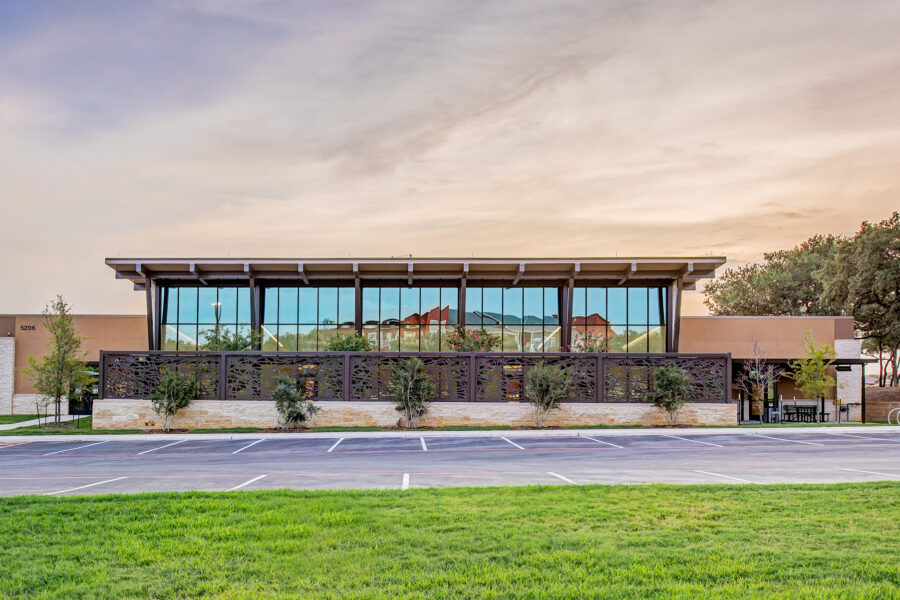Oncology Centers Must Change As COVID-19 Threats Continue

Healthcare architects have been designing facilities geared toward the patient experience for years now. An integral component of the industry, the patient experience has included several aspects of healthcare delivery that patients value highly when they seek and receive care. For facilities like oncology centers, it’s about timely appointments, easy access to information, and good communication. For designers, the patient experience focuses on the quality of their rooms, wayfinding and comfort.
With the onslaught of the COVID-19 pandemic, the priority of the patient experience will shift to safety.
With an eye towards reopening, oncology centers across the country must weigh the risks of infection control, while healthcare designers must find new ways to keep patients and staff safe in this new normal the industry finds itself in.
Inside oncology centers, big changes are coming to the infusion spaces.
A Change in Questions
A lot of infusion centers are set up as corrals, with chairs packed together in lines, often facing each other. Often when we’ve met with clients about the design of such a center, we’ve heard the question, “How many chairs can we put in this room?”
Now, it’s “How far apart can we keep people?”
The question is how you keep the balance of personal interaction you need to have and the safety measures that must be in place.
Infusion centers will need to be designed with chairs at least 7 feet apart, preferably with their own bays. The adjoining nursing stations will be guarded by plexiglass. While many centers have already moved to this design, there are many more that will need to.
The changes continue into the office spaces, as coworking spaces that have been adopted by so many industries will need to make space for their employees to breathe. Capacity limits for every room will have to be re-examined.
Changes in Action
The oncology center at AdventHealth Gordon in Calhoun, Georgia, has stayed open during the COVID-19 pandemic, but it hardly resembles the patient experience from just a few months ago.
As the AdventHealth Gordon oncology center begins to reopen more services at the hospital this month, Director of Oncology Services Lanell Jacobs has good news to share. Not a single oncology patient or staffer at AdventHealth Gordon has come down with the novel coronavirus.
By the second week of March, AdventHealth Gordon began screening patients and bumping out its oncology schedule. Once local shelter-in-place orders started, the hospital implemented no visitors, no outside vendors, no unnecessary traffic in any of its buildings. Everyone must come in through a single entrance, where they were medically screened and given a mask to wear.
“For radiation, we began treating one patient at a time inside the building,” Jacobs explained. “We would call them in from the parking lot, screen them, put a mask on, do the treatment and escort them back.”
RS&H is currently designing a new infusion center for AdventHealth Gordon, moving toward individual bays instead of a corral.
More Changes to Come
The speed at which the healthcare industry has had to adapt to COVID-19 is going to lead to massive changes. How healthcare workers interact with each other, conduct business and see their patients have already changed.
We have been designing healthcare spaces around the patient experience for a long time. That’s going to continue, even as the patient experience and their priorities shift.




